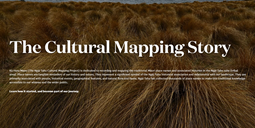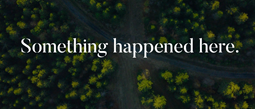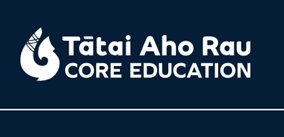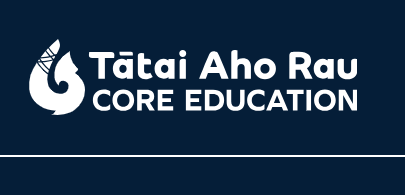WAVE Resource Centre
Māori Health / Hauora Māori
Also see the Hauora Māori / Māori Health Health Topic page to find out how WAVE can support your ECE/School with Māori Health.
For more information see:
- Community & Public Health - Making a difference for Māori Health
- Community & Public Health - Community Health Information Centre (CHIC) Māori Health resources
- Te Ana Rock Art Centre - Education and tours
- Arowhenua Whānau Services - Local service agency
- Te Rūnanga o Arowhenua - Arowhenua Marae
- Te Rūnanga o Waihao - Waihao Marae
- Te Rūnanga o Ngāi Tahu - Ngai Tahu Iwi
- WAVE - WAVE Newsletter extracts - Health Focus on Te Ao Māori
 |
Kā Huru ManuKā Huru Manu, The Ngāi Tahu Cultural Mapping Project, uses the latest Geographical Information System (GIS) technology to record and map our Ngāi Tahu stories and place names onto a virtual landscape for future generations. The online, digital Ngāi Tahu Atlas includes over 1,000 traditional Māori place names that have been fully referenced from whānau manuscripts, published books, 19th century maps, newspaper articles, and a vast array of unpublished material. The atlas also includes information about ara tawhito (traditional travel routes), Native Reserves and other original Māori land allocations such as the SINA and half-cast crown grants. The website tells the story behind the project and celebrates the people who have been involved. |
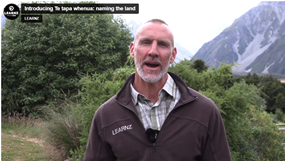 |
Te tapa whenua: naming the landPlace names tell us where we are and where we might want to go. On maps they help us find our way around. But place names are also important landmarks of the history, culture and identity of our nation and the communities within it. Before Māori language was written down, tapa whenua helped to record history and define relationships between people and the land. These place names tell stories of creation myths, ancestors, explorers, notable events, as well as describe landscape features and identify resources. Travel online with LEARNZ to:
Watch the video here: https://www.learnz.org.nz/mapmywaahi221 |
 |
Te Kete Ipurangi - the online knowledge basket (TKI)TKI is New Zealand's bilingual education portal and is an initiative of the Ministry of Education. Visit this link for teacher tools, Reo Māori resources, links to professional learning and curriculum guidelines. Visit Te Kete Ipurangi (TKI) |
 |
Te PapaCelebrate the Te Wiki o Te Reo, Matariki, Waitangi and Te Reo by learning words, numbers, and phrases through simple activities that kids love – word searches, colouring pages, and stories. Visit tepapa.govt.nz/learn/for-educators download activity books. |
 |
Te Taura Whiri i te reo Māori (Māori Language Commission)Useful resources for you to download and print for Te Wiki O Te Reo Māori. Visit tetaurawhiri.govt.nz |
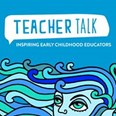 |
Teacher TalkCelebrate Matariki, Waitangi Day and Te Wiki O Te Reo with language and culture. Kits are full of DIY resources, information, facts, worksheets, learning activities, crafts, teaching resources and much more! These can be adapted to any age depending on skill level. Visit teachertalk.org.nz to purchase and download the kits. |
|
|
Te Reo Singalong, Sharon HoltThe team at Te Reo Singalong is led by Sharon and Alan Holt, who write, publish, market and sell Te Reo Singalong books. The gorgeous illustrations help to bring the story to life and each book is packed with extra resources that teachers love: English translation, glossary, activity ideas and guitar chords! They also love travelling to centres and schools to perform the books for children and teachers. Visit tereosingalong.co.nz to purchase books. |
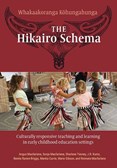 |
The Hikairo Schema: Culturally responsive teaching and learning in early childhood education settingsThis adaptable guide invites kaiako to rethink approaches to engaging tamariki, re-envisage the teacher/learner dynamic, revise old habits, and reconfigure learning environments to acknowledge and embrace cultural differences. Kaiako can use the Hikairo Schema several times over, drawing on their previous experiences to inform and to develop new and innovative ways of facilitating culturally sensitive and inclusive learning settings. This self-paced guide allows kaiako, whānau, and tamariki to collaboratively co-construct goals and outcomes that are relevant to their learning contexts. Kaiako can adapt the Hikairo Schema to fit not only their own needs, but their own pace and level of comfort. It is a companion to The Hikairo Schema: Culturally Responsive Teaching and Learning in Primary Education Settings. This book can be purchased through the New Zealand Council for Education (NZCER) for $40 |
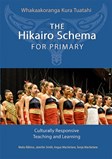 |
The Hikairo Schema: Culturally responsive teaching and learning in primary education settingsThis adaptable guide invites kaiako to rethink approaches to engaging ākonga, re-envisage the teacher/learner dynamic, revise old habits, and reconfigure learning environments to acknowledge and embrace cultural differences. Kaiako can use The Hikairo Schema for Primary several times over, drawing on their previous experiences to inform and to develop new and innovative ways of facilitating culturally sensitive and inclusive learning settings. This self-paced guide allows kaiako, whānau, and ākonga to collaboratively co-construct goals and outcomes that are relevant to their learning contexts. Kaiako can adapt The Hikairo Schema for Primary to fit not only their own needs, but their own pace and level of comfort. It is a companion to The Hikairo Schema: Culturally Responsive Teaching and Learning in Early Childhood Education Settings. This book can be purchased through the New Zealand Council for Education (NZCER) for $40 |
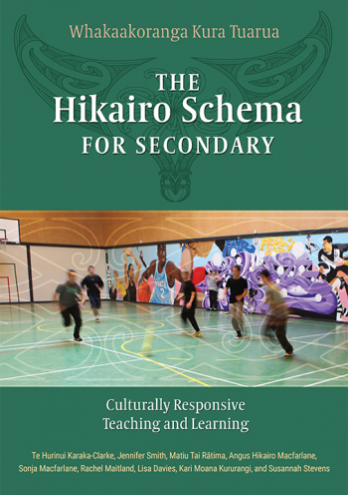 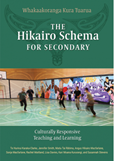 |
The Hikairo Schema: Culturally responsive teaching and learning in secondary education settingsThis adaptable guide invites kaiako to rethink approaches to engaging ākonga, re-envisage the teacher/learner dynamic, revise old habits, and reconfigure learning environments to acknowledge and embrace cultural differences. Kaiako can use The Hikairo Schema for Secondary several times over, drawing on their previous experiences to inform and to develop new and innovative ways of facilitating culturally sensitive and inclusive learning settings within the progressively specialised learning environments of the secondary school. This book can be purchased through the New Zealand Council for Education (NZCER) for $40 |
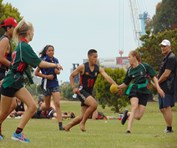 |
Ngā Taonga Tākaro / Traditional Māori GamesNgā Taonga Tākaro is a great way to be physically active while also learning about Māori culture. Ngā Taonga Tākaro promote participation of physical activity encompassing Tikanga, Te Reo, whakapapa and physical well-being for all students. Here are some websites to visit for a variety of Ngā Taonga Tākaro: |
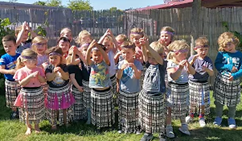 |
Korohi o Te Pēpi and FLAVA festivals on YouTubeDue to COVID-19, both the Korohi o Te Pēpi and FLAVA festivals, which had been scheduled for September this year, unfortunately had to be cancelled. In recognition of the time and mahi that kōhungahunga and kura had put into preparing to perform on stage at the kapa haka festival in front of an audience of hundreds of people, Ka Toi Māori o Aoraki Incorporated Society created FLAVA Fest 2.0. This is a virtual platform where Korohi o Te Pēpi and FLAVA-ready kura and kōhungahunga can still perform and share with the community. Click on the link below, where you will be able to view “virtual” performances from some of our kura/kohungahonga: |

